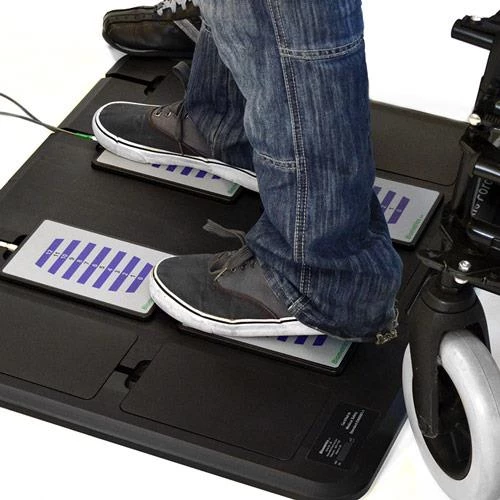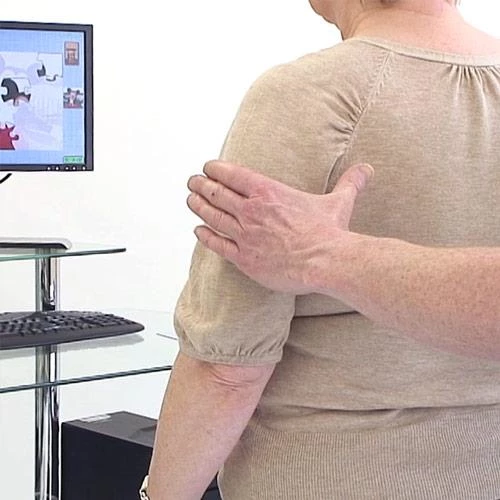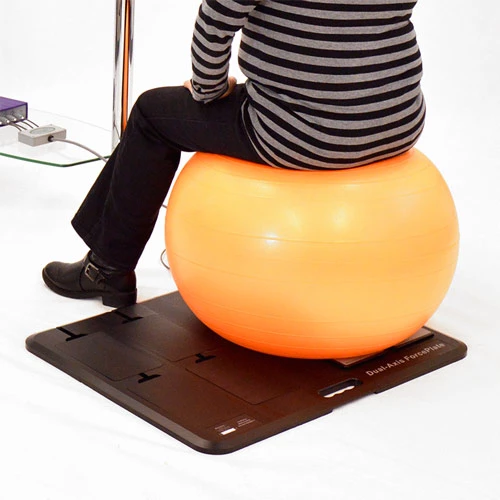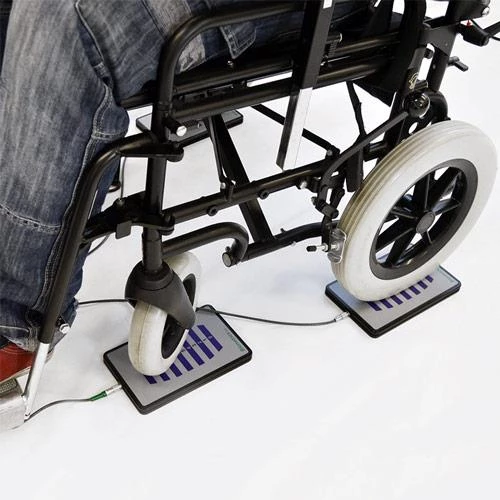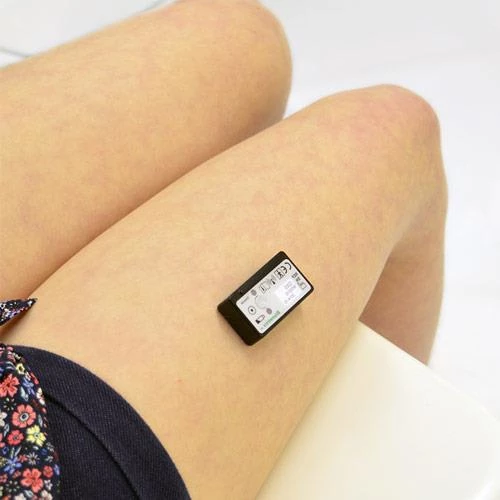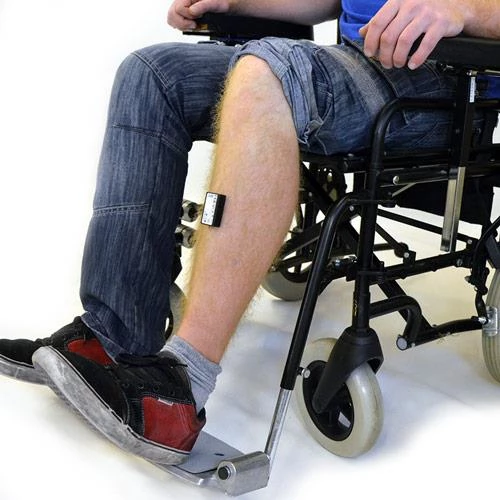Lower Extremity - Exercise
Physiotherapists help improve the quality of life for spinal cord injury patients by developing exercise programs that are tailored to meet individual patient needs. The process of rehabilitation for these patients is more often long-term and ongoing Physiotherapy can maximize a person’s chance of reaching their own specific goals, such as to restore walking or locomotion to a personal optimal level.
E-LINK excitingly enables exercise to begin even in the acute setting where small flickers of muscular activity are detected in the Lower Extremity. E-LINK also helps the patient progress to actively exercising individual joints against gravity, re-enforcing normal movement patterns that are needed to achieve functional goals.
Once it has been decided to commence an appropriate standing program, E-LINK is invaluable as it combines careful evaluation of the spinal injury patient’s weight bearing balance with an inventive training program that encourages the patient to exercise the Lower Extremity.
E-LINK is an ideal resource for in-patients and can continue as patients attend on an Out-patient basis, monitoring progress over time.
E-LINK ForcePlates
E-LINK Dual Axis ForcePlates are the ideal system to use for spinal injury patients in this early stage of rehabilitation for standing balance. An assessment of the patient's weight-bearing balance gives immediate feedback and helps determine where exercise needs to be focused. Baseline measurements of the patient's comfortable range of sway are quickly taken and automatically entered into the software to use with innovative Activities for interactive exercise. The balance training session is therefore totally focused for the individual patient and helps address neuromuscular re-education and balance co-ordination as well as contributing a fun motivational element into the therapy session.
The Activities help distract the patient from their pain, weakness and disability and the exercise helps to strengthen the lower extremities whilst also addressing proprioception, motor control and balance.
- Measurements of the patient's comfortable limits of stability are carefully taken and these measurements are then used in the Activities for single or dual axis movement
- The parameters can be graded to suit the patient's physical and cognitive state, addressing various therapeutic objectives and ensuring the goals are achievable for each individual patient
- To accomplish the goal of an Activity the patient needs to sway, loading and unloading the weight distributed over the ForcePlates
- The various Activities encourage the patient to work to the end range of movement (for example Loading Crates on a Ship), to work to various points throughout the range (for example matching Colors) or even sustaining balance for a determined length of time throughout the range (for example placing pieces in a Jigsaw)…there are numerous options
- The Activities can be saved in a set sequence and used again for the next session thus saving set-up time for the clinician as well as familiarising the patient to the Activities
- Exercise graphs are generated for each exercise session and form part of the report and provide opportunity to discuss progress with the patient
- For additional flexibility the ForcePlates can be removed from the BaseFrame and used with other everyday equipment to achieve functional goals – for example, with a gym ball, a wheel chair or a wobble balance board
- E-LINK ForcePlates are the ideal, flexible system to use in numerous ways for the spinal injury patient
E-LINK Myo-EX
As well as using the Myo-EX for the Upper Extremity, the sensor is ideal to use on the Lower Extremity, enabling exercise to begin where there is very little or even no visible joint movement.
The Myo-EX sensor excitingly detects very small flickers of muscular activity and using surface EMG, provides immediate biofeedback to the patient through the visual movement of objects in the Activity. In order to achieve a good score the patient is encouraged for instance to match colors or hit a football against a wall. In turn the patient is then focusing on a smooth, efficient and co-ordinated movement to achieve the Activity rather than recruiting unnecessary compensatory movements.
- Myo-EX is ideal for knee and ankle exercise
- Biofeedback is immediate providing a high degree of motivation for exercise
- The precision sensor is designed to give superb quality of signal and can detect as little as 3-4 microvolts of electrical activity
- Full scale reaches up to 3000 microvolts for working with the larger quad muscles
- The Myo-EX sensor is quick and easy to apply, with little to no skin preparation, ideal for immediate exercise
Wireless Myo-EX provides additional benefit as, with no wires, it is more user - friendly for patients in wheelchairs. Plus the patient can exercise even at a distance from the Computer, for example, where a larger wall mounted screen may be available to use.
E-LINK AngleX
Where some joint movement is observed the large AngleX sensor is ideal to use with the Lower Extremity for the Spinal Injury patient, particularly for knee and ankle exercise.
- The Sensor is simply attached close to the joint for exercise and responds to active movement against gravity
- AngleX encourages normal patterns of movement and discourages compensatory ones
- No skin preparation needed, simply apply to clean, dry skin using the medical grade tape, close to the joint to be exercised
- Baseline readings are taken in 1 degree increments for the patient's comfortable ROM. These are automatically entered as the range for the chosen Activity which can be graded to suit the therapy goals of each individual
- Exercise can be structured without undue stress on the joint and paced to the patient's capability and wishes
As with the wireless Myo-EX, the wireless AngleX gives additional benefits for spinal injury patients.

